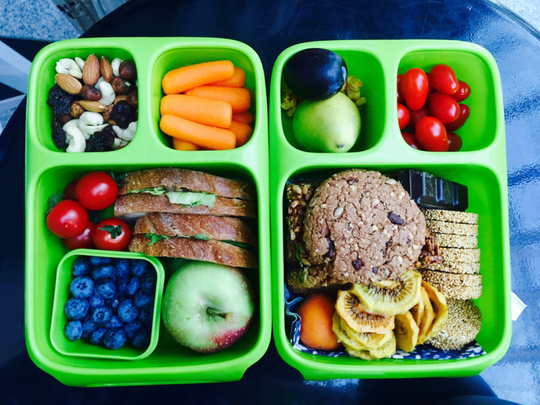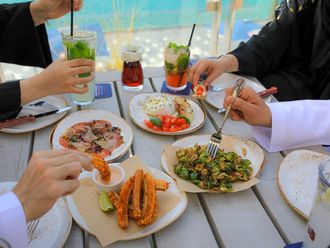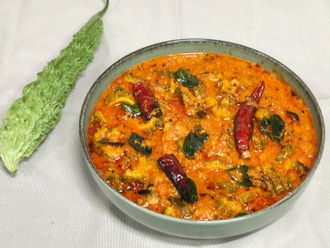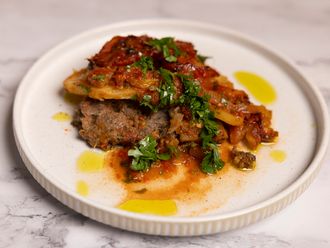
Many of the discrepancies between what the public sees as healthy and how experts define it can be attributed to marketing.
Take granola and granola bars. They are made of things that we can all agree are healthy: oatmeal, nuts, fruit. And there are endless commercials to remind us of this. Think wholesome farmers standing in sunny wheat fields, or well-coiffed mums feeding their grinning toddlers. What the commercials never share with us is that the thing that makes our favourite granolas form crunchy clusters, or hold its shape in the form of big, thick, uniform bars, is sugar.
I suspect that this gap between messaging and reality is what’s behind the results of a New York Times-led study this week showing that there are many foods where “normal” Americans and nutritionists diverge in terms of assessing how healthy they are. In surveying 672 nutritionists and 2,000 registered US voters, the polling firm Morning Consult asked the question, “Is _____ healthy?” and filled the blank with 100 different foods.
For certain foods the answer was obvious: kale, olive oil, almonds, carrots and apples are healthy, everyone agrees. Others were uniformly considered unhealthy, like soda, cookies, french fries and ice cream. But there were a lot of foods where opinions differed. Marketing appears to have confused things so much that there’s disagreement over what it even means for a food to be healthful. Does it mean we could lose weight while eating it? Does it mean it won’t give us diabetes if we consume it often? Does it mean it supplies nutrients to us in sufficient quantities?
Perhaps if we relied less on ads and more on actual information from actual experts, we would have a clearer picture.
Take SlimFast, one the most widely recognised weight loss shakes ever to hit the market. The number of Americans who believe SlimFast is healthy outnumber the experts two to one, according to the study. That might sound strange — milk, water, sugar, oil and a thickening agent are the top five ingredients — until you remember that SlimFast’s last reported marketing budget was around $17 million (Dh62.42 million). That’s a lot of money, all intended to convince the buying public that being “slim” is the way to be “healthy”. (Spoiler: not necessarily.)
Also, consider frozen yogurt, the success of which has less to do with TV commercials and more to do with the number of shops selling it across the country. Marketed as a ubiquitous “healthy” alternative to ice cream, fro-yo shops have popped up everywhere not because they’re healthy, but because they’re cheap to open and can earn five times what it cost to produce a single serving. And why is it so cheap? Because fro-yo isn’t actually frozen yogurt at all, in the traditional sense. It’s often sugar, powdered milk and artificial flavouring.
We’ve been allowing fluffy, sponsored media pieces and pervasive ads to dictate the public perception of healthy food for far too long. That’s why healthier dinner options, like quinoa, sushi and hummus, which lack corporate marketing machines, haven’t caught on while winning the love of experts nationwide. Just because Good Morning America hasn’t touted a food’s health benefits doesn’t mean it’s not worth adding to your repertoire.
It’s time to truly develop an appreciation and a value for what food is and what it can and should do: provide us with energy, nourish our bodies to thrive, and be a healthy way to bond with our loved ones. And we need to prioritise those qualities over taking pretty packaging and slick advertising at face value, by remembering that what we see on TV is intended to sell us an image in hopes of profit, not educate us in hopes of giving us strong, healthy bodies.
— Guardian News & Media Ltd, 2016
















